Cuzco’s Mountains of Food
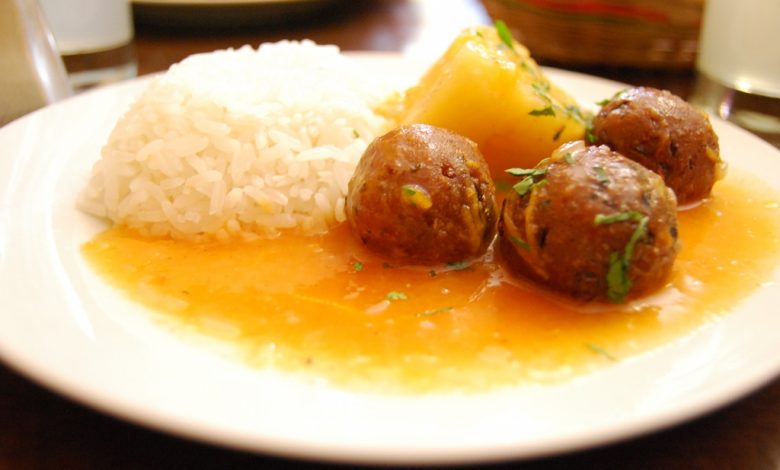
Food is almost never just food. What people put together and how they put it together, as well as how they eat it, are often guided by ideas or images that are important to people. In Cuzco, food is organized by people’s understandings of the world around them and what they see as important in it, especially the idea of mountains.
The city of Cuzco nestles under hills that these days are getting greener and greener as rains fall They rise one behind another like a gentle velvet painting from the bottom of the valley where the Huatanay river flows to the flatlands around Sacsayhuaman and on to the higher mountains above. At the north end of the valley, most days–when the clouds allow–the snow clad giant Ausangate seems to convoke all the lesser mountains and hills for it to hold court with them every day.
This image of valleys and mountains one rising behind another to the highest peaks has been a strong one in Inca and more recent life. The collection of myths in Quechua gathered in the highlands of Huarochiri (the head of a valley in the Western Andes Range that opens on the great temple of Pachacamac where the Lurín river joins the ocean) emphasizes this.
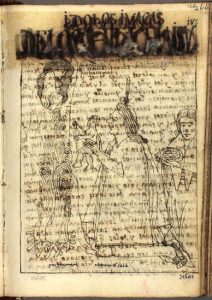
This collection of myths centers on stories about the great mountain Pariaqaqa and its relationship with Pachacamac on the Pacific Ocean. It is about an enormous vertical landscape, from Islands in the ocean to the highest of peaks and then also the passes that open into the lowland valleys of the Amazon drainage.
The great Bolivian historian Teresa de Gisbert wrote about how the images of the Virgin Mary the Spanish brought from Europe were changed in the new world. The Virgin Mary came to look like a mountain, with a head on the peak and lots of different levels with plants and animals cascading down to the base. Such was the power of this key idea in the consciousness of the people of the Andes.

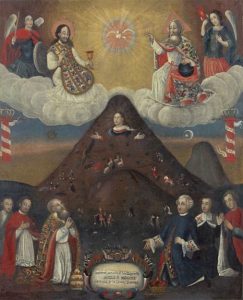
As a result we should not be surprised if food in Cuzco is also governed by this idea that builds from a layered landscape of one thing upon another in a triangular pile. There are two parts to this idea.
First is the idea of abundance. The mountain is the source of water and the place from which the sun rises into the sky. As a result it comes to be seen as a model of abundance, like potatoes piled up after their harvest. Abundance is one of the standards used to govern a good and a bad presentation of food on plates in the city and region.
Whenever guests are invited or the food is for festive occasions it should be guided by abundance. Cuzqueños even rely on this standard to prepare as well as to judge food whether at home or in a restaurant.
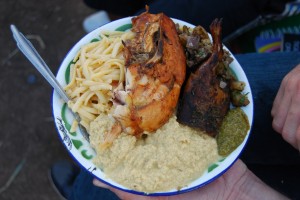
There should be lots of food, food that fills the plate. In restaurants the food is often served on large plates to emphasize the abundance of the offering.
Because of this norm, the food usually mounded up one thing on top of another. While one could look at this mounding as simply something expedient to do to fit lots of things on a single plate, they is order in the pile.
First, the mound is in layers, like a landscape. We can see this clearly in the pan jurqa, the bread with one cooked on top of another that is given to people as part of requesting their assistance (ayni) in the sponsorship of feasts. If it was simply a function then some breads would be two side by side while others would have some sort irregular combination. Instead it is regular and planned, one smaller rounded bread on top of a larger bread such that they are one.
While giving an edible and tangible image of the support the person who gives the bread wishes to receive from the recipient, the bread also suggests the landscape of Cuzco. It is like a small mountain, with one smaller layer on top of a larger one. This is not happenstance, but fits the idea that the landscape guides much of Cuzco’s life.
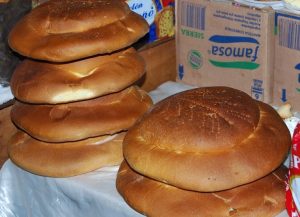
Another example is the festive plate chiriucho. When one sits to eat chiriucho one is presented with a tall mountain of varied foods. These food are from different regions of Cuzco and neighboring areas. It works from the ground up .
Its base is toasted kernels of corn, like so many clods of earth, followed by an assortment of meats: guinea pig, chicken, a kind of jerky (chalona), and sausage. There are two contrasting white meats of animals that live near or in the home (chicken and guinea pig). One of these burrows while the other flies, thus creating a metaphor of the cosmos with the union of the world within with the world above found on the plate.
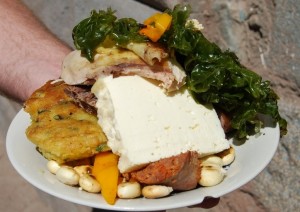
At the same time Chiriucho in this first layer contains two processed meats from field animals. The first is air dried and salt cured while the other is ground with other ingredients and stuffed into casings. Once again we get a pairing of sky and a world within through the kinds of curing that find unity on the plate or in this world. In Quechua the world above is hanan pacha, while the world within is uqhu pacha, and this world is kay pacha. This makes this first level a model of the cosmos like a mandala.
However, this first level of the chiriuchu is also a model of society It is either a plate with four suyus (quarters), like many communities divided into two halves that either mark the separation of sky and ground or that mark the difference between the house and the fields. In either case it picks up very basic principles of life in traditional Cuzco.
Above the four meats one finds a slice of cheese from the neighboring highland region of Puno, a torreja (a Spanish omelette with corn flour, compis potatoes, yellow squash, onion greens, and spices), and then sea weed and fish eggs from the Pacific coast. A slice of colorful rocoto pepper occupies the top.
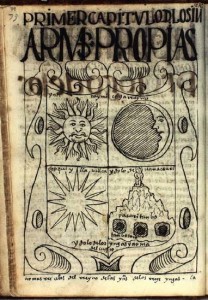
Once again we get another intriguing combination. We get the dairy from the high plateau and an omelet from the valleys, two complementary agricultural regions. Then we get the pacific cost contrasted with the hot valleys of upper jungle regions. Both of these are lowlands that are symbolically complementary.
Although I do not want to force this four part division into a straight jacket, it is still worth noting that the Inca Empire was called Tawantinsuyu. That last word means the union of four suyus or quarters.
In other words chiriuchu is composed of two sets composed of four symbolic units, the one the household and fields, with sky and earth referents, while the other is the broader geography of Peru from the point of view of Cuzco. When layered on top of each others these make a layered and subdivided mountain sitting on a base of toasted corn.
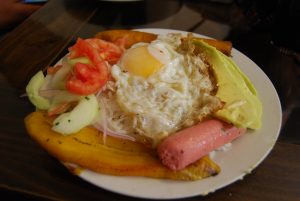
In the combination of elements we see another important idea. That is one of mixtura, like the name of the well known, Peruvian gastronomical festival. A good dish should be a combination of smaller, representative elements that together make some sort of union that is greater than the parts.
Food is always more than simply food. In Cuzco, the plates of either cold or hot food served to people are filled with meaning from its relationship with deep themes that, like a tree, have deep roots into the people’s past and leafy branches extending into their present. To paraphrase the great anthropologist Levi Strauss, food is not only good to eat, it is good to think. Food shows some of the basic elements that are very important in local thought.




